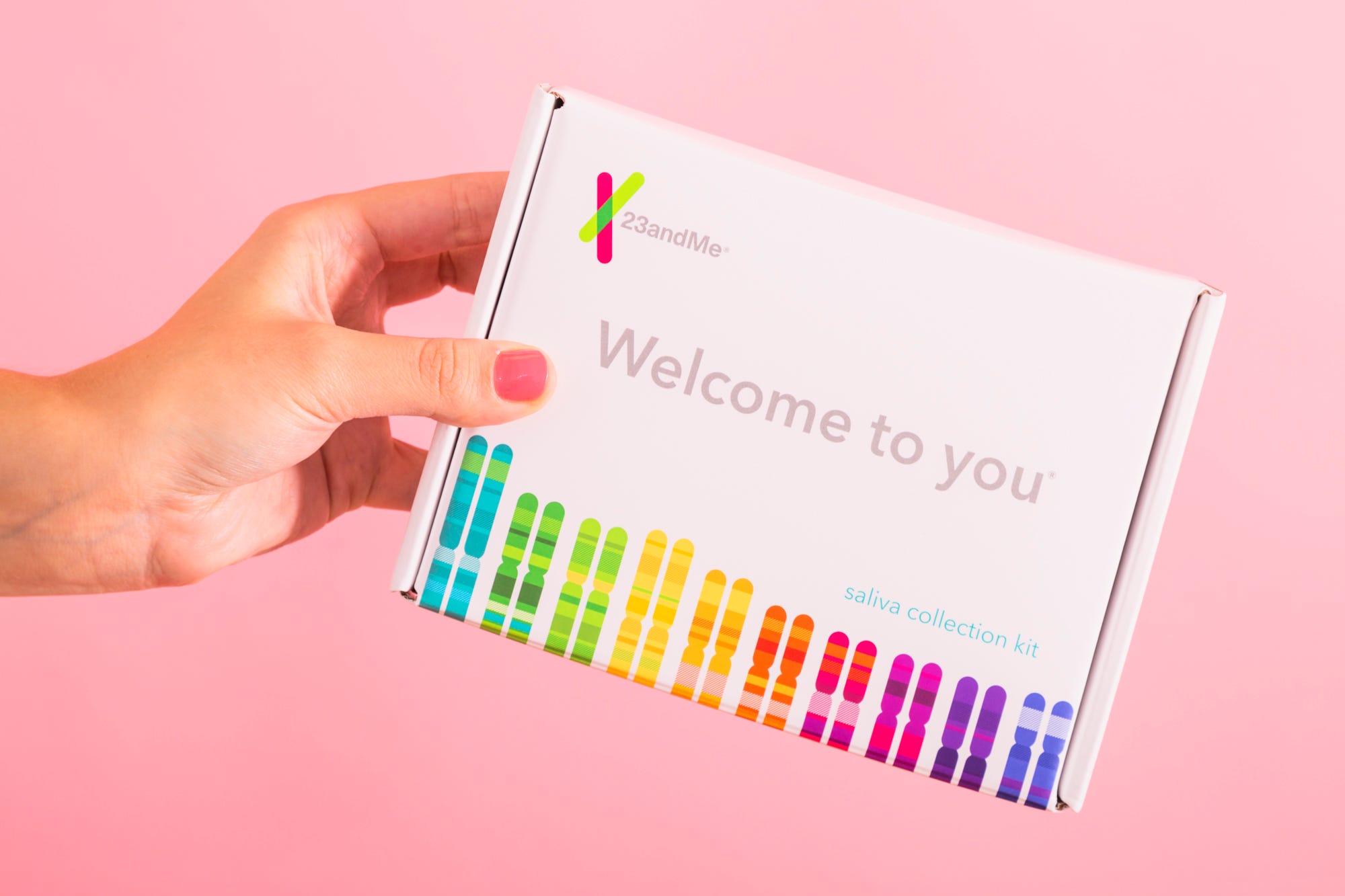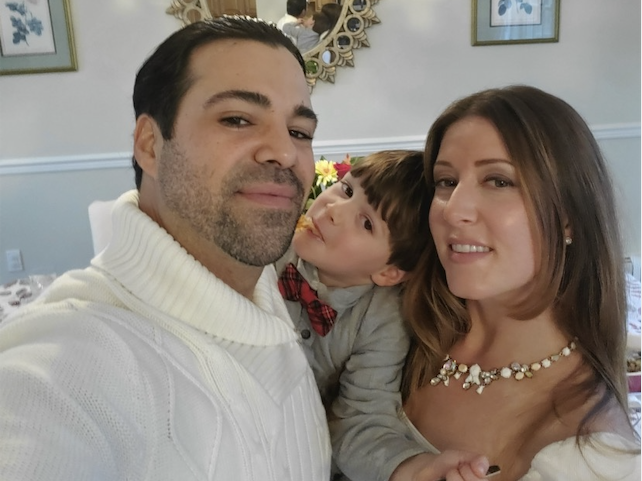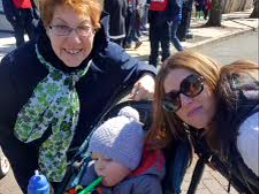
- A lawsuit claims a doctor used his own sperm in a woman's IVF treatment in 1983 without consent.
- The alleged resulting child, now in her 30s, says a 23andMe test led to the revelation.
- The case sheds light on a fertility industry that's less regulated than salons and barber shops.
- Visit Insider's homepage for more stories.
Roberta Voss got a 23andMe DNA kit to learn more about herself, but instead discovered that her biological father is a now-retired doctor who used his own sperm in Voss's mother's fertility treatment without consent, a lawsuit filed in New York on Tuesday alleges.
Voss, now a mom in her mid-30s, took the test in 2020. She says it told her Dr. Martin D. Greenberg, who used to run a fertility practice in Manhattan and was also registered with 23andMe, was unequivocally her biological father.
Seeing a picture of Greenberg, who's now retired and living near Miami, Florida, confirmed it, Voss said Tuesday during a press conference.
"I was shocked and I was disgusted," she said. "The worst part was when I saw the doctor's face and I recognized myself. I see his face every time I look in the mirror."

Courtesy of Roberta Voss
Her mother, Bianca Voss, was shocked too. She'd sought IVF when living on Manhattan's Upper West Side back in 1983 because she wanted to be a mother and her partner had undergone a vasectomy. After doing some research, she said she settled on Dr. Greenberg as her physician and paid him $100 to procure sperm from an anonymous donor.
After Roberta was born in 1984, Bianca put the details of her conception out of mind. But when Roberta came to her with the 23andMe results last year, "it all came flooding back," Bianca said during the press conference.
"How terrible this is for Roberta and for my grandson," Bianca said she thought. "I hate they have to live with the fact that their biological father and grandfather is a medical rapist."
She had trouble reckoning with herself, too. "How could I have picked such a criminal and immoral physician who would do such an awful thing to me?" she said. "This whole thing has upended my life and my family's. The damage it's doing and the emotional scars it's creating for me and them I fear will have lasting effects."
Bianca, who's now in her mid-70s and lives in New Jersey, said she filed the lawsuit to hold Greenberg accountable and help prevent the same thing from happening to other families.
Greenberg hasn't responded to social media and 23andMe requests by Roberta, she said, or offered any public statement. His lawyer didn't immediately respond to Insider's request for comment. 23andMe didn't immediately respond to Insider's request for comment.

Courtesy of the Voss family.
The fertility industry is largely unregulated
No other former patients of Greenberg are known to have accused him of similar misconduct, but the State of New York previously sanctioned Greenberg for "dishonorable, unethical, [and] unprofessional conduct," the lawsuit states, though the details of that misconduct aren't clear.
Peiffer Wolf Carr Kane & Conway, the law firm representing Bianca, has handled hundreds of similar "fertility fraud" cases involving more than 1,000 people. In 2019, it pushed for national legislation for better oversight of IVF and fertility clinics, which it says are less regulated than barber shops and hair salons.
There's no one government agency that oversees the fertility industry, which includes close to 500 clinics and centers. That means no one is managing how fertility centers label tissue (like embryos) or disciplining centers that don't comply with professional guidelines, NBC News reported.
Still, a measure of self-regulation comes from the Society for Assisted Reproductive Technology, a nonprofit with member organizations that it says are required to advertise truthfully, accurately report outcomes, and work with nationally accredited labs. SART has said that some 90% of assisted-reproductive-technology clinics in the US belong to it.
But even highly regarded organizations can't always prevent malpractice or errors. In one case last year, two couples sued a California fertility clinic after an embryo mix-up led one of them to have the other's baby.

